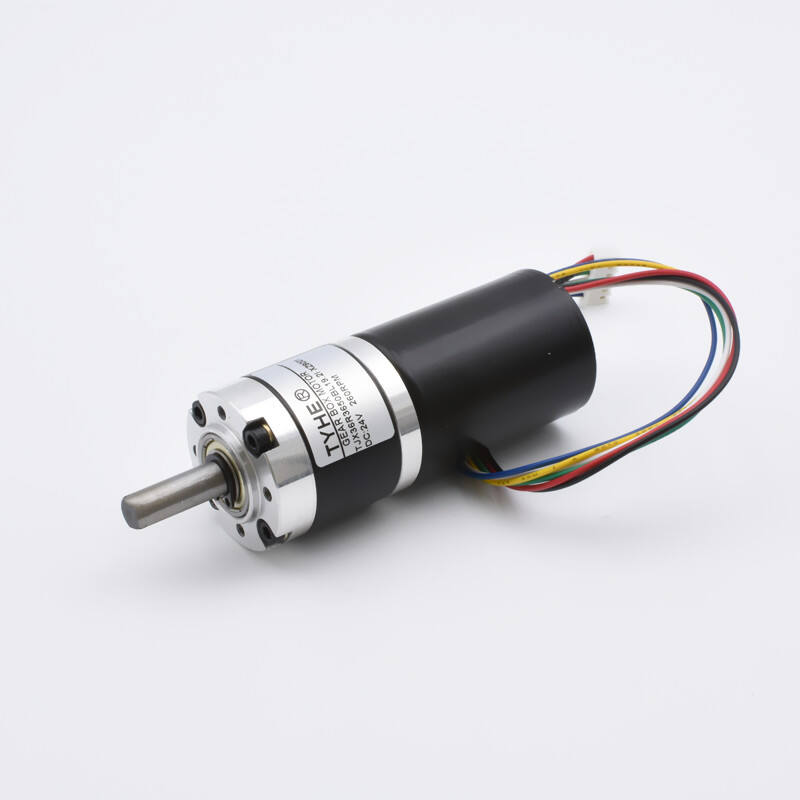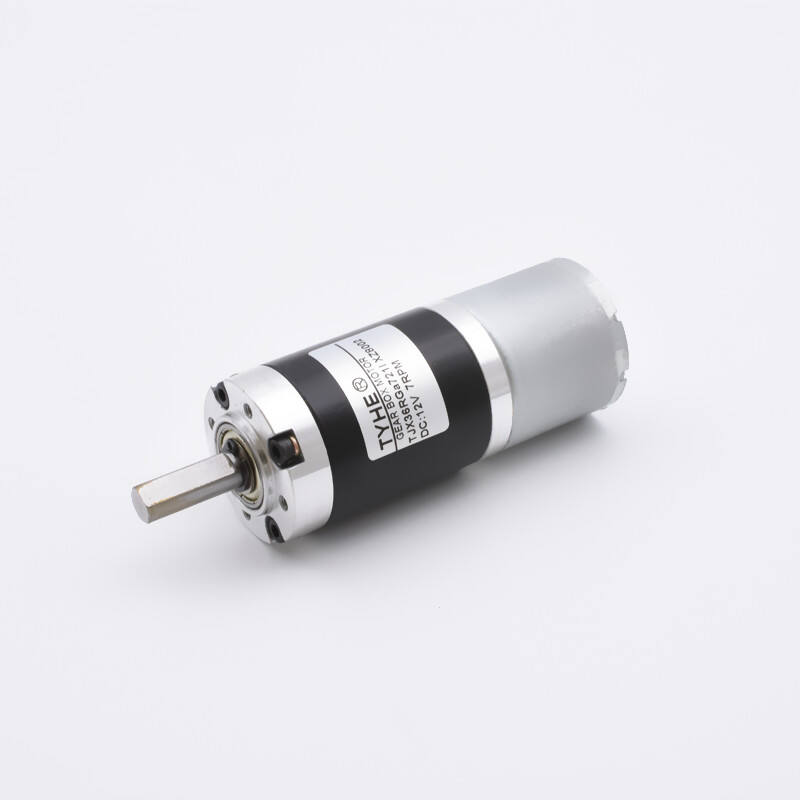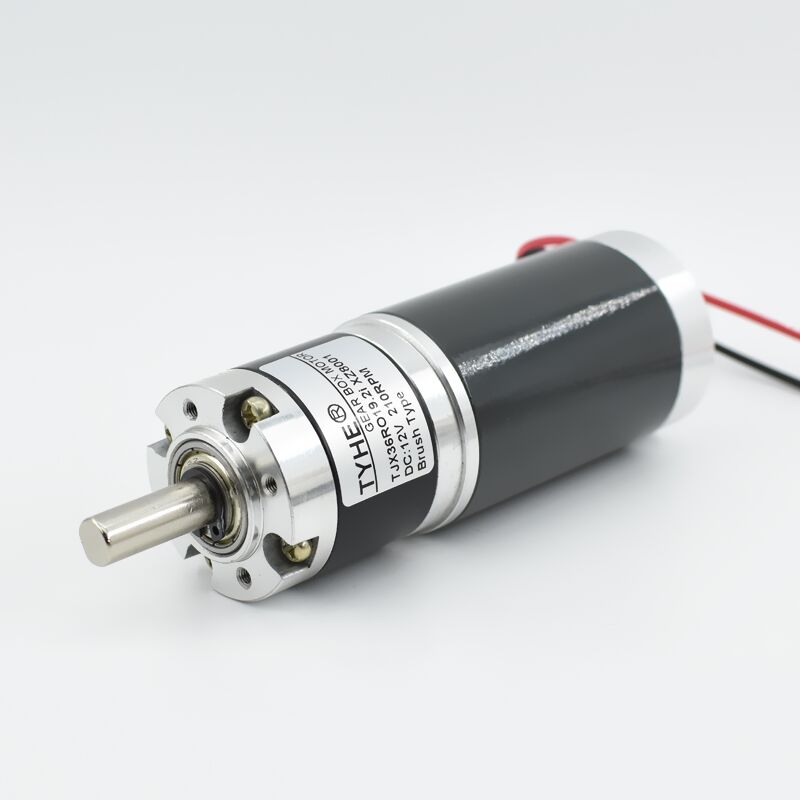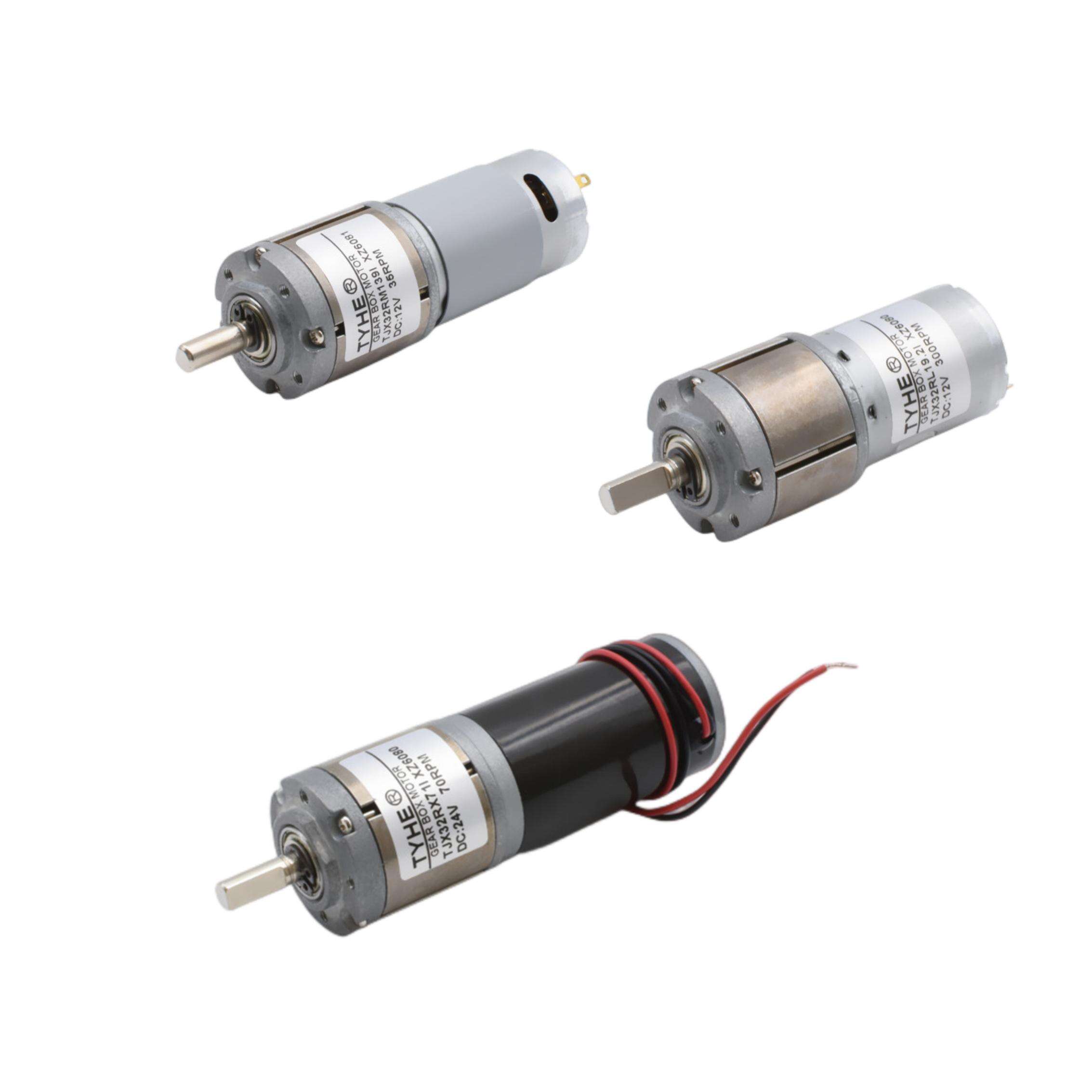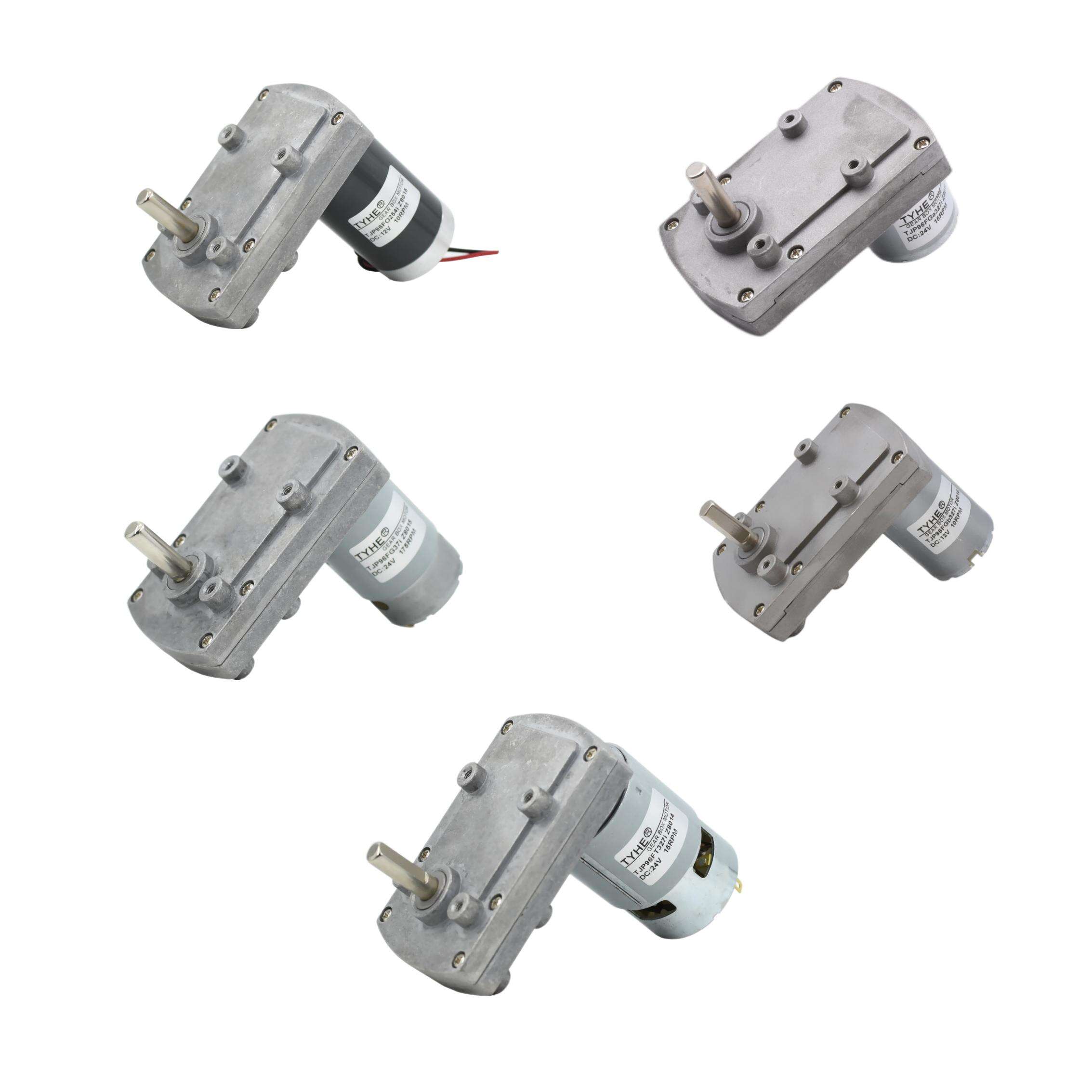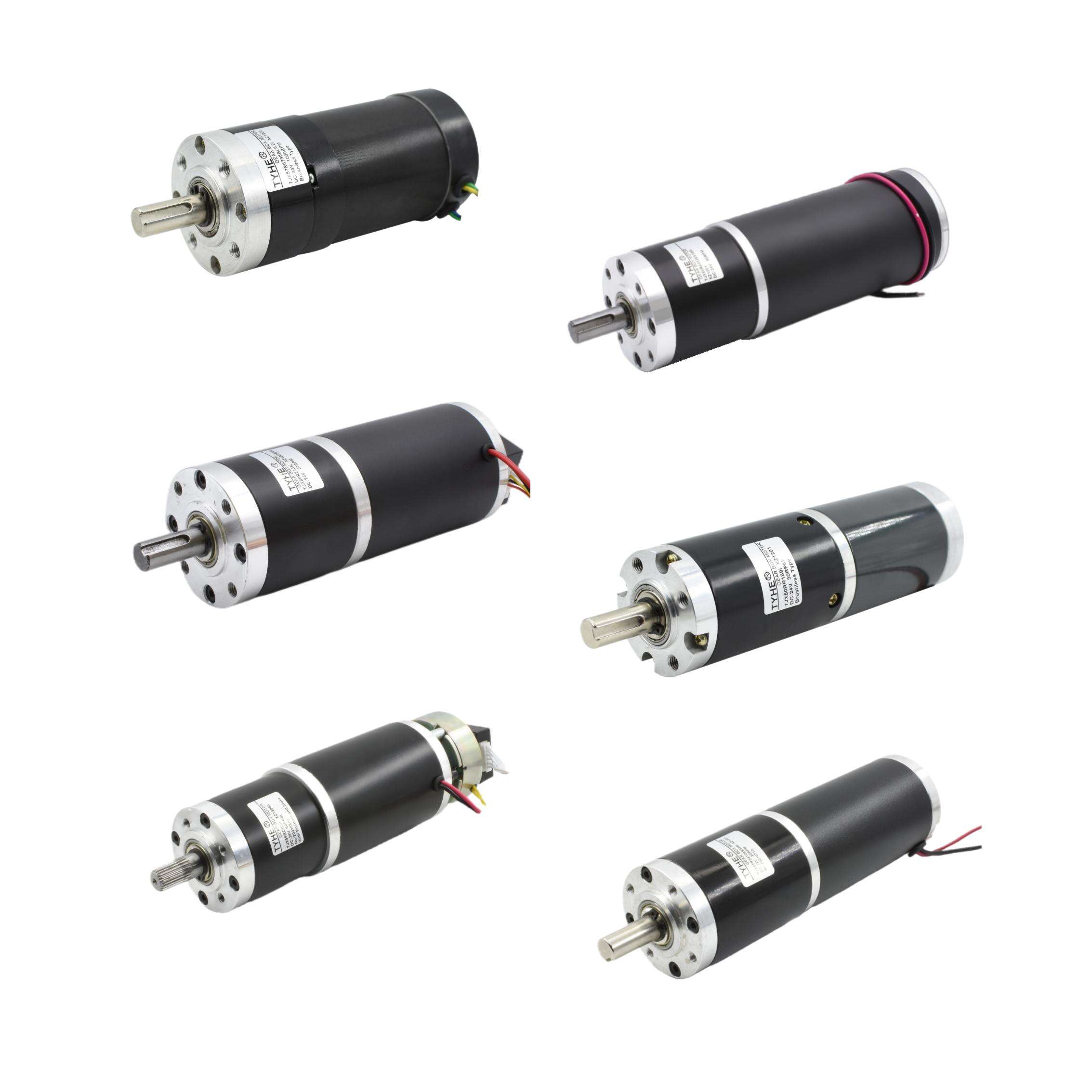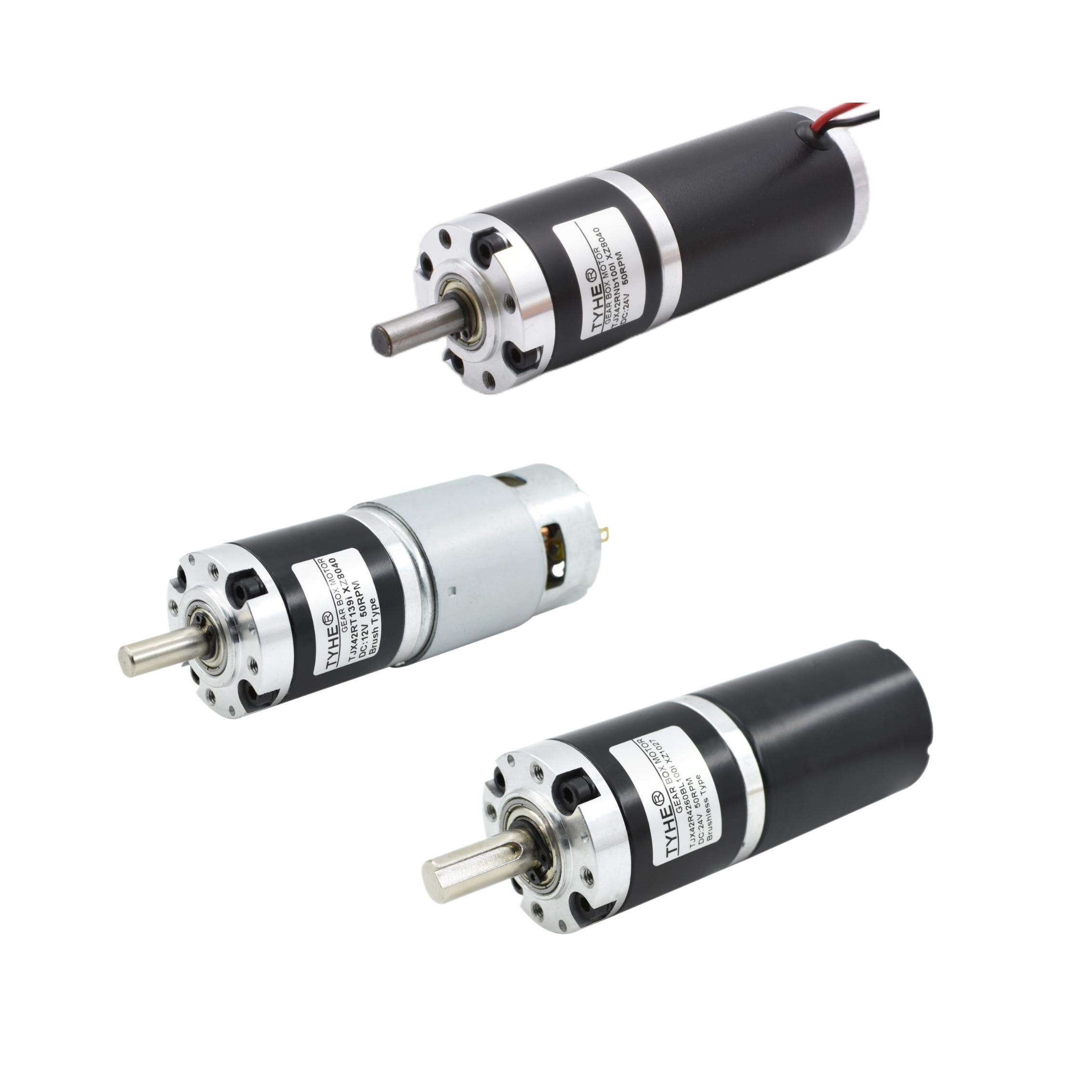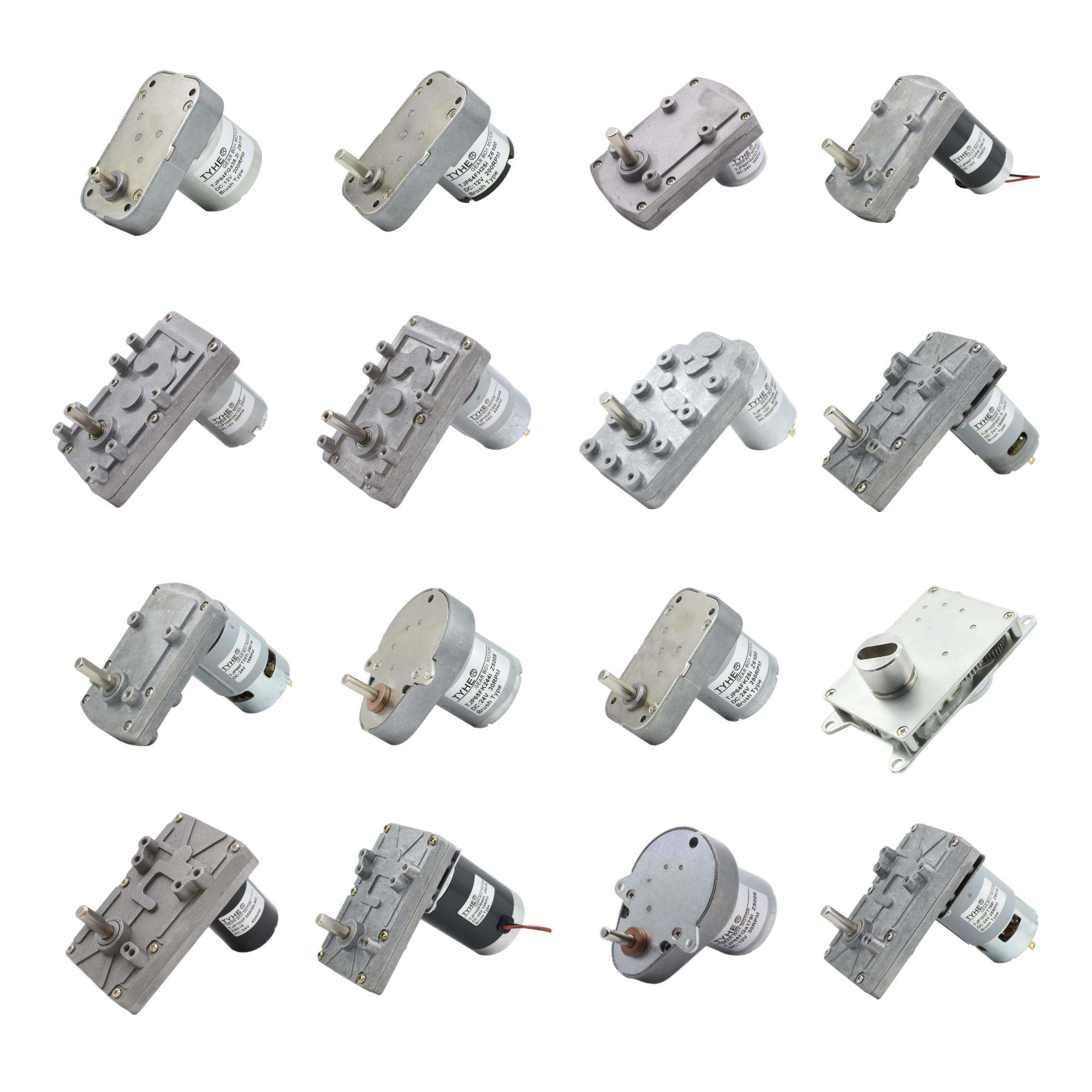dc motor with gear reduction
A dc motor with gear reduction represents a sophisticated mechanical solution that combines direct current motor technology with precision gear systems to deliver enhanced torque output and improved speed control capabilities. This innovative mechanism integrates a standard DC motor with a carefully engineered gear reduction system, creating a powerful drive unit that transforms high-speed, low-torque motor output into low-speed, high-torque performance. The fundamental principle behind this dc motor with gear reduction involves utilizing multiple gear stages to multiply the motor's original torque while simultaneously reducing its rotational speed, making it ideal for applications requiring substantial force delivery at controlled velocities. The technological architecture of a dc motor with gear reduction encompasses several critical components working in harmony. The DC motor serves as the primary power source, converting electrical energy into rotational mechanical energy through electromagnetic induction. The gear reduction assembly, typically featuring planetary, spur, or worm gear configurations, multiplies the motor's torque output through mechanical advantage principles. These systems often incorporate precision bearings, hardened steel gears, and robust housing materials to ensure longevity and reliable operation under demanding conditions. Modern dc motor with gear reduction units frequently include advanced features such as encoder feedback systems for precise position control, thermal protection circuits to prevent overheating, and customizable gear ratios to meet specific application requirements. The versatility of dc motor with gear reduction systems makes them invaluable across numerous industrial sectors. Manufacturing automation relies heavily on these units for conveyor systems, robotic actuators, and assembly line equipment where precise speed control and high torque output are essential. Automotive applications utilize dc motor with gear reduction technology in power windows, seat adjustments, and windshield wiper systems. Medical equipment manufacturers depend on these motors for surgical instruments, patient positioning systems, and laboratory automation devices where quiet operation and precise control are paramount.


